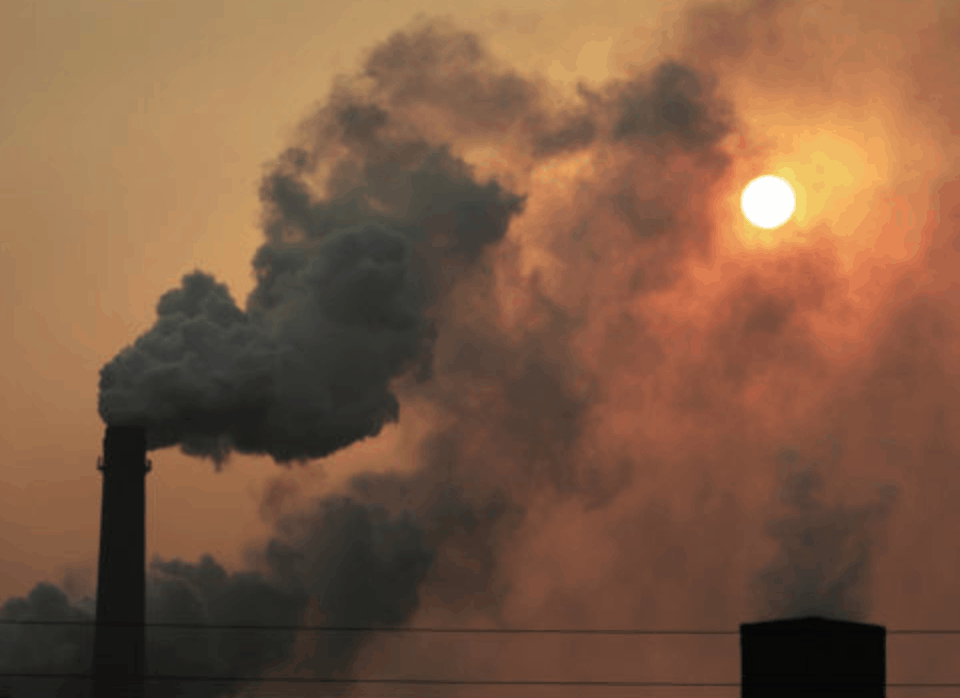IQAir’s 2020 World Air Quality Report has stated that air pollution has improved in 84% of countries around the globe as a result of lockdowns. However, as lockdowns ease, and people get back to more of their normal lives, this pollution will once again increase.
Researchers from IQAir analyzed pollution data from 106 countries, specifically measuring PM 2.5, a microscopic pollutant that can cause serious health risks.
What is PM2.5?
PM2.5, also known as fine particulate matter, refers to particles or liquid droplets in the air that have a diameter less than 2.5 micrometres across (about 3 per cent of the diameter of a human hair). Some PM2.5 is naturally occurring, such as dust and sea salt, and some are manmade, such as particulates from vehicle exhausts.
World Health Organisation Limits:
The WHO suggests there is NO safe limit of PM2.5. As it’s so small it can penetrate deep within the body and cause serious illnesses and death. In the EU the legal limit for PM2.5 is 25 μg m-3.

It’s mainly the South and East Asian countries, which endue the highest levels of pollution. Hotan, a town in China’s Xinjiang region, was ranked the world’s most polluted city in 2020. Its annual levels of PM 2.5 averaged 110.2 micrograms per cubic meter — 11 times greater than the WHO target for annual exposure. At Hotan’s highest level, those levels spiked at 264.4 in March — well into “hazardous” territory.
What about the UK?
It’s a varied picture around the UK, but the most polluted area in the UK is London, which probably comes as no surprise. Although like with the rest of the world, London has enjoyed a temporary reprieve from the pollution thanks to the various lockdowns.
Lockdowns aside, around 99% of London generally exceeds WHO air pollution limits. In 2019 around 4,000 deaths in the capital were attributed to air pollution. A recent study, commissioned by City Hall discovered that it was the outer boroughs of London, which saw the highest deaths attributed to air pollution. This was mainly due to a higher concentration of older people living in these areas. Older people, as we have seen with the covid pandemic tend to be much more susceptible to succumbing to respiratory disease.
Air pollution is simply not a problem associated with Central London. Londoners from BAME (Black, Asian and Ethnic Minority) backgrounds are found to be exposed to the highest levels of air pollution across many areas of the capital. In the era of covid, this far from ideal, and we should strive towards cleaner air, not just for the short term during the pandemic, but for the future too. Burning wood on an open fire is one key pollutant we can take much better control of, which as a business we are acutely aware of. In London, around 70% of wood is burnt on an open fire, compared to the rest of the UK, which stands at just 40%. Under the Clean Air Act, it is illegal to burn wood in an open fire in a smoke controlled zone. Despite this ruling local authorities have struggled to enforce the regulation. Most people do not realise they are breaking the law.
You can learn more about greener ways to burn wood below:
Air Quality & Burning Wood
Technical Elements of Burning Wood
Burning Wood Misconceptions
The Dangers of Burning Unseasoned Wood